Hyperoptic Study of EU City Broadband Speeds Criticises Slow London UK
Fibre optic broadband ISP Hyperoptic, which typically focuses its deployments of 1000Mbps capable Fibre-to-the-Building (FTTB/H) technology on big UK cities, has published a new index today that ranks European capital cities by broadband speed. The report criticises London for ranking a low 26 out of 33 cities and notes how the city has also fallen four places over the last 5 years.
The problem of broadband connectivity in London is nothing new and has been highlighted many times before, most recently by the City of London Corporation that pegged most of the blame on BT’s shoulders for an apparently “unacceptable” failure to make superfast broadband available to SME businesses within the heart of London’s Square Mile (here and here).
Ordinarily big cities, which usually attract commercial investment from ISPs due to their significant population density, are the first to benefit from faster broadband technologies. But sadly that’s not always the case and one of the many issues in London stems from the significant number of older copper Exchange Only Lines (EOL); these are often harder and more expensive to resolve.
In fact only yesterday the telecoms regulator’s 2014 Infrastructure Report was published, which noted how a whopping 64% of EOLs are in UK urban areas and the availability of NGA broadband solutions (e.g. cable, FTTC, FTTP/H/B etc.) in postcodes with EOLs is just 48% (i.e. well below the 78% UK NGA coverage total).
Ofcom’s report also noted how NGA coverage is particularly low in four inner-London boroughs: the City of London, Westminster, Tower Hamlets and Southwark. It’s perhaps no surprise to find that there’s a high number of EOLs in these boroughs and limited cable roll-out from BT’s big infrastructure rival, Virgin Media.

Meanwhile Hyperoptic’s new study claims that London’s broadband speeds are “failing to support its burgeoning digital economy“. Currently the city only ranks 26 out of 33 for its broadband speeds, with an average download speed of 26.3Mbps (Megabits per second) and that’s over 10Mbps slower than the European average of 36.8Mbps. The top five EU capitals are currently all two times faster than London and Bucharest tops the table with an average of 81.2Mbps.
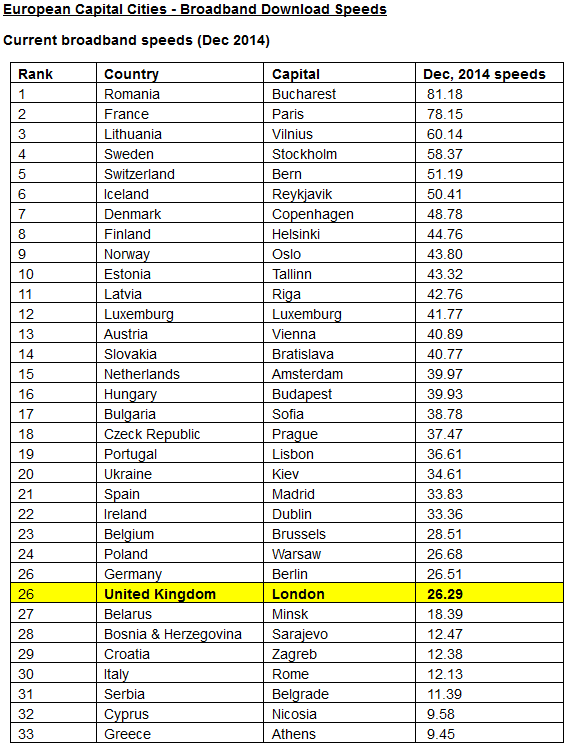
However it should be noted that Hyperoptic’s study is based off data sourced from Ookla’s speedtest.net service, which technically makes London’s situation seem even worse because Ookla’s data tends to weight the score to be more reflective of throughput and that in turn can deliver a more optimistic result (i.e. London’s speeds may actually be a bit slower). Likewise Ookla’s city-specific data doesn’t separate home from business based broadband connections, although in this case both are just as relevant to the overall problem.
Boris Ivanovic, Chairman of Hyperoptic, said:
“The UK government has recognised that there is a clear need for speed, which is why back in 2012 it pledged to have the fastest broadband of any major European country by 2015. These figures demonstrate that the UK is a long way from that target.
London has long been recognised as a powerhouse of the UK’s digital economy – after all, the capital houses a vibrant tech community and contributes nearly a quarter of the UK’s overall economic output – but its broadband infrastructure clearly isn’t fit for task, let alone the rest of the UK.
If the UK wants to maintain its digital leadership there must be a fundamental shift in its urban broadband strategy. The government must incentivise the private sector to fast track the implementation of future-proofed Fibre-to-the-Building and Fibre-to-the Home infrastructure across all UK cities and towns.
Global Internet traffic is doubling every two to three years; slow incremental rises are not enough to support a sector that is digitising industries and redefining itself on a daily basis.”
It should be noted that the Government originally said, in 2010, that it wanted the UK to have “the best superfast broadband network in Europe by 2015“, although in 2012 this was craftily refined to say the “fastest broadband of any major European country by 2015” (here). However the Government actually gauges this progress as a comparison across the whole of the United Kingdom, not just London, and by factoring in other aspects, such as affordability (price). Speed is just one of several measures.
Never the less we’d agree that a significant problem remains in central London and it’s understandable that BT’s rivals in the city, like Hyperoptic’s FTTB platform or Relish’s fixed wireless network, are keen to press their advantages over the incumbents older copper infrastructure problems.
At the same time BT are currently developing solutions for EOL areas, such as installing new FTTC Street Cabinets and trialling Fibre-to-the-Remote-Node (FTTrN) technology that puts a small cabinet (node) on top of telegraph poles. In other locations it can also deploy true fibre optic FTTP connectivity that’s similar to Hyperoptic’s solution, although this can be quite tricky in busy inner city areas.
Meanwhile the current Mayor of London, Boris Johnson (Conservative), is also working to develop a new strategy that could help to improve the situation (here) and the aim is to make affordable superfast broadband available to 99% of London premises by 2018. In the meantime BT continues to highlight how “every business in the capital is able to access ultra-fast broadband via dedicated lines,” which is all well and good but that’s not really affordable for homes and smaller businesses.
At the start of this year BT also said that they were going to spend £50m on improving connectivity in a number of UK cities, but since then the trail has gone cold and we’re not anticipating another update until early next year. One thing is for sure, we’ll need to see faster progress than that for this problem to be solved.
Mark is a professional technology writer, IT consultant and computer engineer from Dorset (England), he also founded ISPreview in 1999 and enjoys analysing the latest telecoms and broadband developments. Find me on X (Twitter), Mastodon, Facebook and Linkedin.
« UK ISP Sky Broadband Launch Cheap 25GB Capped Superfast FTTC Package
Latest UK ISP News
- FTTP (5515)
- BT (3514)
- Politics (2537)
- Openreach (2297)
- Business (2262)
- Building Digital UK (2244)
- FTTC (2043)
- Mobile Broadband (1973)
- Statistics (1788)
- 4G (1664)
- Virgin Media (1619)
- Ofcom Regulation (1461)
- Fibre Optic (1395)
- Wireless Internet (1389)
- FTTH (1381)
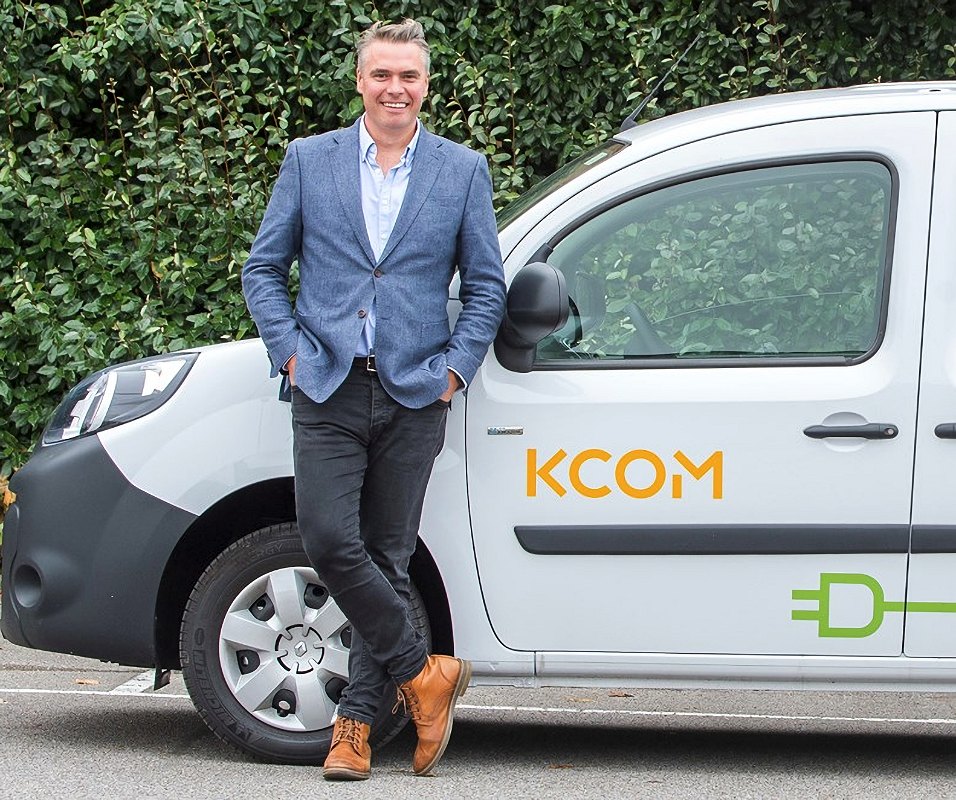

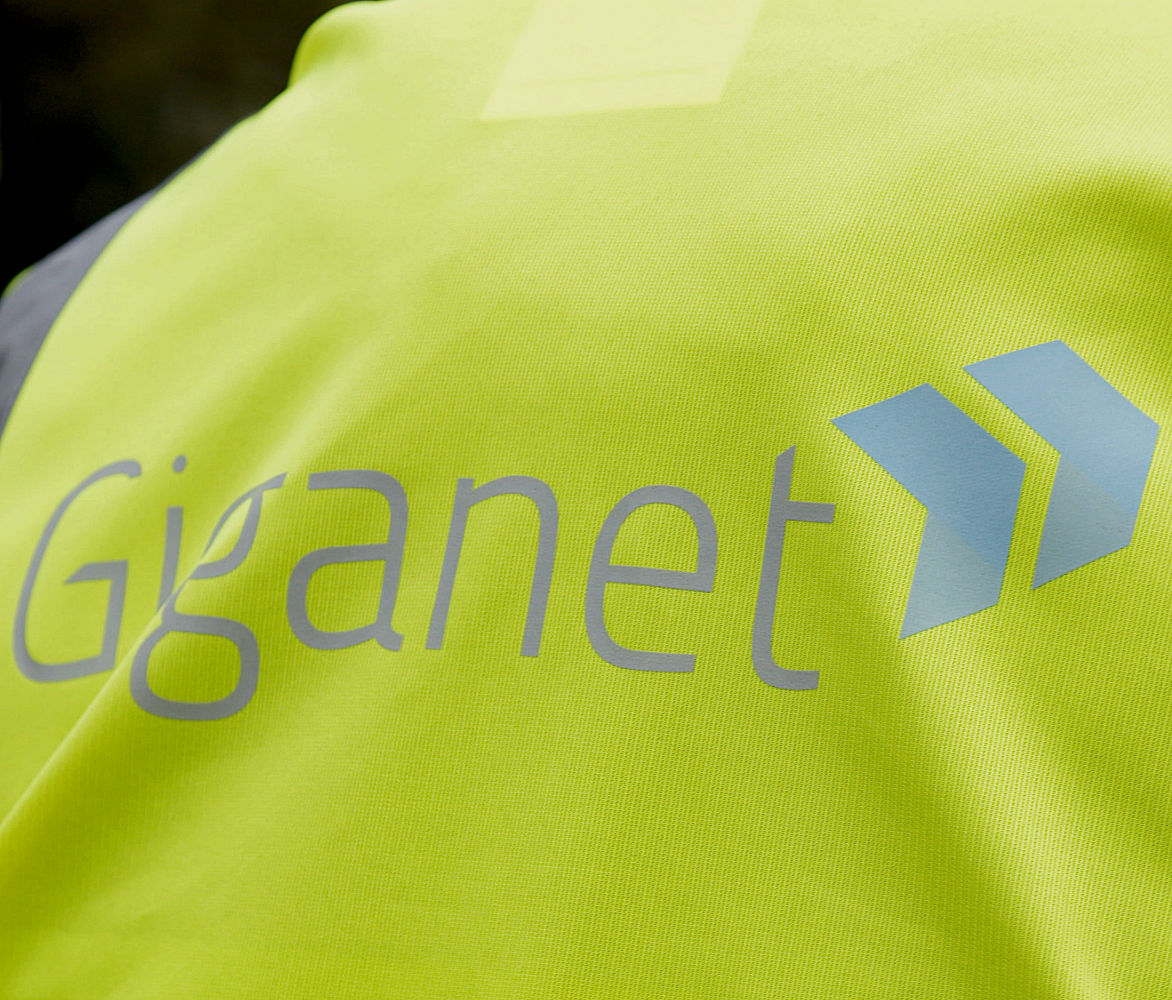


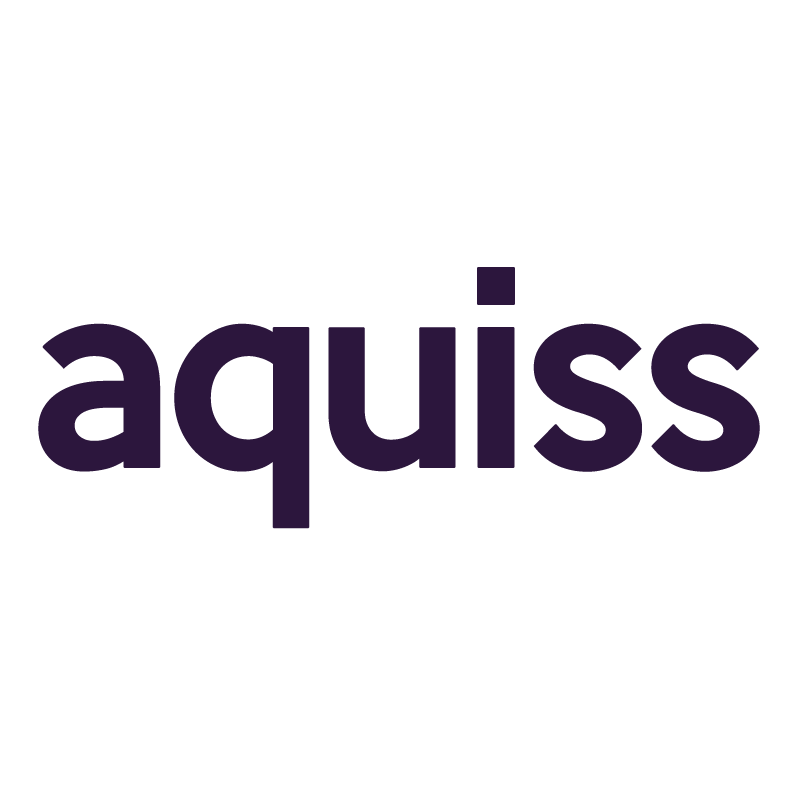










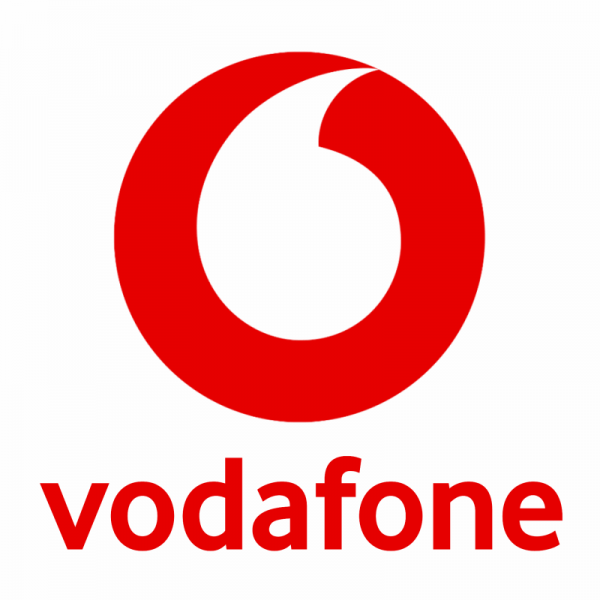
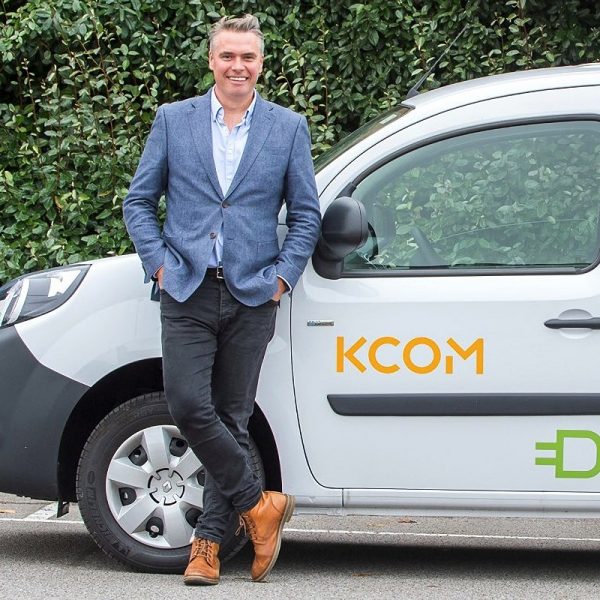
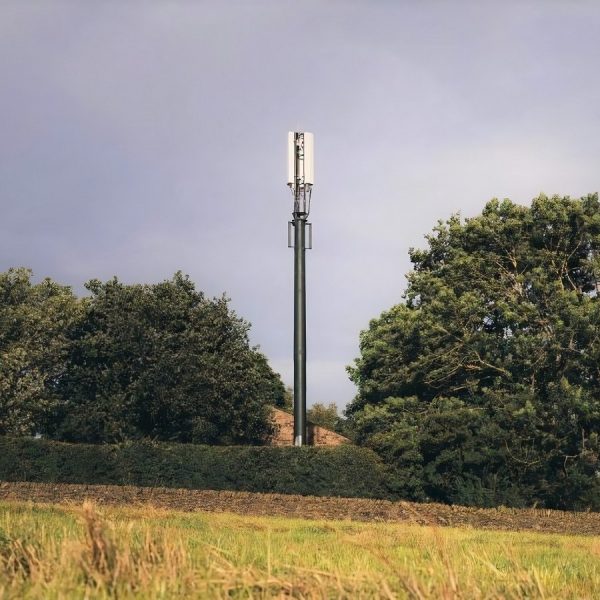
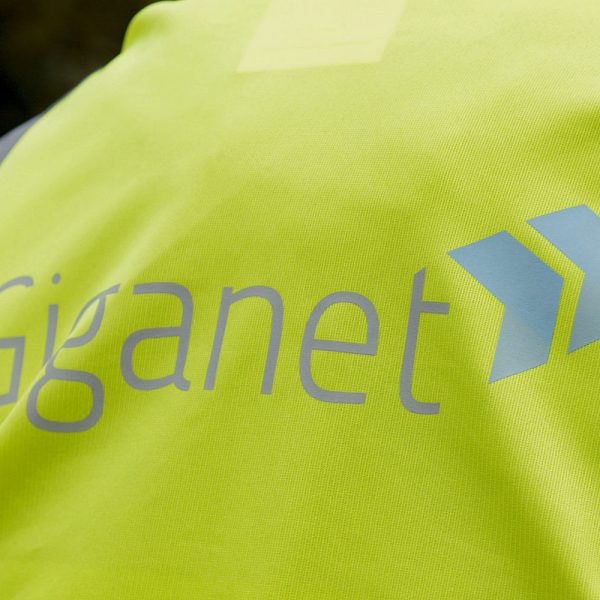




































Comments are closed